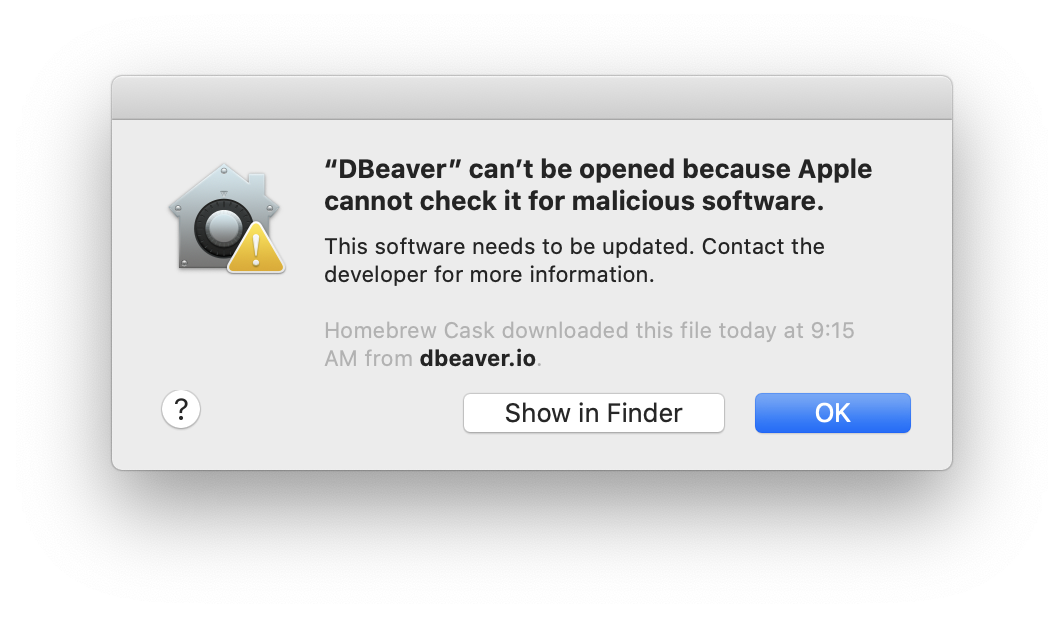Open-source software has been around for decades, but it’s only in recent years that it’s gained widespread recognition for its role in software development. In simple terms, open-source software is software whose source code is freely available to anyone who wants to use it, modify it, or distribute it. This means that open-source software is not only cost-effective, but it also encourages collaboration and innovation.
Open-source software has a rich history that dates back to the 1980s when computer science researchers started sharing software code with each other. Over time, this led to the emergence of the Free Software Foundation, which promoted the idea of open-source software and developed the GNU operating system. The rise of the internet in the 1990s further fueled the growth of open-source software, as developers around the world began sharing code and collaborating on projects. Today, open-source software is an essential part of the software development industry, powering everything from operating systems to web servers to databases.
The importance of open-source software in software development cannot be overstated. It enables developers to build software more quickly and efficiently, as they can build on top of existing code and libraries. It also promotes transparency and accountability, as anyone can inspect the source code and identify any bugs or security vulnerabilities. In this article, we’ll explore the role of open-source software in software development and its impact on the industry. We’ll look at the benefits of open-source software, its use in software development, and its impact on the industry. Ultimately, we’ll argue that open-source software is an essential part of modern software development and will continue to play a critical role in the industry for years to come.
Benefits of open-source software
One of the most significant benefits of open-source software is its cost-effectiveness. Since open-source software is freely available, companies can save a considerable amount of money on licensing fees and software purchases. In addition, the availability of source code enables developers to modify and customize the software to suit their needs, further reducing costs.
Another benefit of open-source software is its increased security. The open nature of the software means that anyone can review and identify any potential security vulnerabilities, making it easier to identify and fix bugs. Additionally, the community support that comes with open-source software means that developers can quickly access expert help and advice to address any security concerns.
The customization and flexibility of open-source software also offer significant benefits. Developers can modify and adapt the software to meet their specific needs, without being limited by proprietary software’s restrictive licenses. This enables developers to create more tailored and innovative solutions that better meet their clients’ requirements.
Finally, the availability of source code enables developers to better understand how the software works and make more informed decisions. Developers can inspect the source code, identify bugs, and make improvements or modifications as necessary. This level of transparency provides a more comprehensive understanding of the software and enables developers to create better solutions.
Open-source software in software development
Open-source software has become a popular choice in software development due to its open development models that promote collaboration and sharing. This approach encourages developers to work together to create better solutions and improve software functionality. Collaboration is facilitated by community forums, open source code repositories, and online developer resources.
However, the use of open-source software does come with licensing and legal considerations. Developers must ensure that they comply with open-source licensing agreements, which can vary depending on the software. Additionally, companies must be aware of the potential legal risks associated with using open-source software that may infringe on proprietary software or patent rights.
When comparing open-source software development with closed-source software development, there are some key differences. Closed-source software is proprietary, meaning that only the software company has access to the source code. This limits customization and restricts collaboration. In contrast, open-source software development is open and encourages collaboration, resulting in a more flexible and cost-effective development process.
Examples of open-source software
Open-source software is used across a wide range of applications, from operating systems to web servers and content management systems. One of the most well-known examples of open-source software is Linux, an operating system that powers many servers and devices worldwide. Other popular open-source operating systems include FreeBSD and Ubuntu.
In addition to operating systems, open-source software is also widely used in programming languages such as Python, Java, and Ruby. Web servers like Apache and Nginx are also popular open-source solutions that power many websites worldwide.
Open-source databases like MySQL and PostgreSQL offer a reliable and cost-effective alternative to proprietary databases. Content management systems such as WordPress, Drupal, and Joomla are also open-source software solutions that enable users to create and manage websites easily.
Overall, open-source software provides an extensive range of solutions for software development, offering a cost-effective and flexible alternative to proprietary software.
Future of open-source software
The future of open-source software looks promising, with emerging trends in various areas of software development. One significant trend is the increasing use of open-source software in emerging technologies such as blockchain, artificial intelligence, and the Internet of Things (IoT). Open-source software is also gaining popularity in cloud computing, with many businesses adopting open-source solutions to reduce costs and improve flexibility.
As open-source software continues to grow, it presents both challenges and opportunities. One challenge is the need to address potential security risks and ensure compliance with open-source licensing agreements. However, the opportunities for collaboration and innovation that come with open-source software can lead to more significant developments in emerging technologies.
Overall, open-source software is expected to continue playing a crucial role in the future of software development, with many businesses and developers recognizing its potential for driving innovation and reducing costs.
Conclusion
In conclusion, open-source software plays a crucial role in software development and has had a significant impact on the industry. It provides developers with a cost-effective and flexible alternative to proprietary software, enabling them to create customized and innovative solutions. The collaborative nature of open-source software also encourages developers to work together to improve software functionality and security.
The impact of open-source software on the industry has been significant, with many businesses adopting open-source solutions to reduce costs and improve efficiency. Open-source software has also facilitated the development of emerging technologies, such as blockchain and IoT, and is expected to continue playing a vital role in software development in the future.
Looking forward, the future of open-source software looks bright, with emerging trends and opportunities for collaboration and innovation. While there may be challenges in addressing potential security risks and complying with open-source licensing agreements, the benefits of open-source software are undeniable. As such, open-source software is likely to continue to be a significant player in software development and drive future innovations in the industry.




